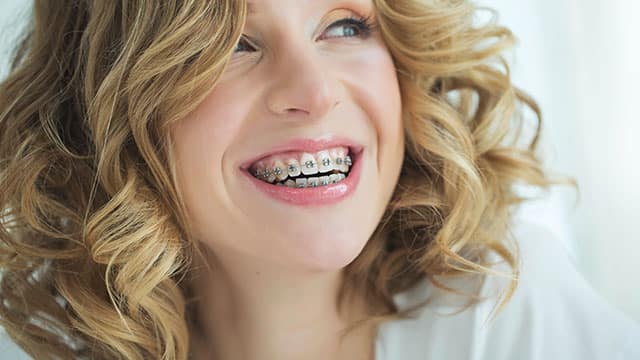Understanding Jaw Misalignment
An important aspect of your mouth’s long-term health is often unappreciated: the ability of your upper and lower jaws to align into a proper bite. If your bite does not align well, this is known as a malocclusion and can contribute to various problems.
Malocclusions may lead to:
- Pain
- Cosmetic issues
- Difficulty chewing or speaking
- Temporomandibular joint disorder (TMD)
- Increased risk for dental problems
- Sleep apnea
This misalignment can result from two main sources: your teeth and your jaw. Malocclusion of your teeth is typically treated with orthodontic interventions (like braces), while jaw alignment remedies are more varied. Misalignment of your jaw can lead to your top or bottom row of teeth to mismatch when biting down, in either an underbite, overbite, or overjet.
Causes of a misaligned jaw may include:
- An injury to your head, face, or mouth
- Developmental problems
- A congenital condition (something you’re born with)
Treatment of a misaligned jaw will depend on its severity and cause, along with your health history and cosmetic concerns. Sometimes, no treatment is required at all if your symptoms are mild or absent. We’ll dive into some of the most common treatments below, including how to fix a crooked jaw without surgery.
Orthodontics
The appropriate orthodontic solution to your jaw alignment issues varies based on its presentation and severity. While your regular dental professional is appropriate for many solutions, a specialist known as an orthodontist will often be useful to address your jaw problems.
To help correct jaw misalignment, your dental professional may recommend:
- Braces (adjusting your bite through pressure over time in the form of brackets bonded to your teeth and attached to archwires)
- Headgear braces (adjusting your jaw with braces that are supplemented by straps fixed outside of the mouth around your head)
- Reverse pull face mask (correcting underbite using braces fixed to your upper back teeth supplemented by straps fixed outside of the mouth around your head)
- Upper jaw expander (correcting overbite using a wireframe device that fits across the palate of your mouth and widens it)
Ultimately, it’s important to remember that only your dental professional knows your specific health history and needs, so it’s best to follow their recommendation and insight for orthodontic treatment.
Cosmetic Dentistry
If your misalignment symptoms and severity are mild, cosmetic options may be a good match for your needs. While adjusting the appearance of your teeth won't fix an underlying jaw alignment problem, it can help you feel better about your smile.
Cosmetic fixes are especially appealing if your alignment issues are mild or if you’re mostly bothered by the changes it causes to your appearance.
Jaw Surgery
In some severe cases, your dental professional may recommend orthognathic surgery of your jaw. This procedure involves adjusting or repositioning your upper or lower jaw and is often used in combination with orthodontic correction like braces.
If this concerns you, rest assured that the recovery time for orthognathic surgery is generally short. You’ll typically require a night in the hospital, followed by a week of time off from work or school. In most cases, you will not need to have your mouth wired shut, but this is recommended in some severe cases.
Living With Jaw Misalignment
Knowing how to address your jaw misalignment and associated symptoms will depend on your understanding of its underlying cause. For this reason, it’s smart to receive an expert diagnosis from your dental professional. Regardless of the cause, one challenge of living with an improperly aligned bite is ensuring that you properly care for and clean your smile.
Tips for maintaining proper oral hygiene include:
- Gently brush your teeth twice a day for two minutes with a soft-bristled toothbrush
- Clean between your teeth once a day with floss, an interdental brush, or a flossing device
- Rinse regularly with mouthwash or antiseptic mouthrinse
- Eat a balanced, healthy diet that’s low in sugary and acidic foods and drinks
- Visit your dental professional at least every six months
It’s good to keep in mind that jaw alignment varies greatly in severity, presentation, and the underlying cause. Likewise, proper treatment will vary based on these factors and if you’re interested in cosmetic options for the sake of your appearance. You’ve made a great choice to read up on jaw alignment, why treating it is a good idea, and understanding what your options are.
This article is intended to promote understanding of and knowledge about general oral health topics. It is not intended to be a substitute for professional advice, diagnosis or treatment. Always seek the advice of your dentist or other qualified healthcare provider with any questions you may have regarding a medical condition or treatment.
ORAL HEALTH QUIZ
What's behind your smile?
Take our Oral Health assessment to get the most from your oral care routine
ORAL HEALTH QUIZ
What's behind your smile?
Take our Oral Health assessment to get the most from your oral care routine















